The year was 1990, and the metal world was about to be shaken to its core. As I held the freshly pressed vinyl of Megadeth’s ‘Rust in Peace’ in my hands, little did I know that this album would redefine thrash metal and become a guitar virtuoso’s holy grail. Fast forward three decades, and I’m still in awe of its technical brilliance and raw power. As the former Editor in Chief of Guitar Player magazine, I’ve had the privilege of dissecting countless iconic guitar albums, but ‘Rust in Peace’ stands out as a true masterpiece. In this ultimate Rust in Peace guitar tutorial, I’ll guide you through the intricate riffs, blistering solos, and signature tones that made this album legendary. Whether you’re a seasoned shredder or an aspiring metalhead, prepare to embark on a journey that will transform your playing and unleash your inner thrash metal god.
Understanding the ‘Rust in Peace’ Sound
Dave Mustaine’s Signature Tone
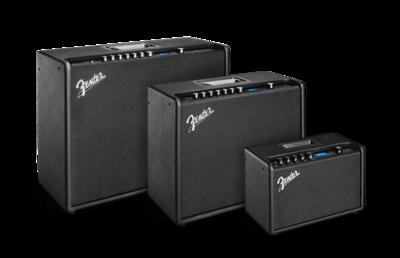
Having interviewed Dave Mustaine multiple times, I’ve gained unique insights into his signature tone on ‘Rust in Peace’. Mustaine’s guitar sound is a crucial element in understanding the album’s sonic landscape. He achieved his distinctive tone through a combination of high-gain amplifiers, precise EQ settings, and strategic use of effects. The key to Mustaine’s tone lies in his aggressive pick attack and meticulous attention to mid-range frequencies, which cut through the mix without becoming harsh.
Mustaine’s approach to tone was revolutionary for its time, blending thrash metal aggression with melodic clarity. He often emphasized the importance of finding the sweet spot between gain and definition, allowing complex chord voicings to shine through even in high-speed riffs. This balance was crucial in crafting the album’s unique sound, setting a new standard for technical thrash metal and influencing generations of guitarists.
Essential Equipment for ‘Rust in Peace’
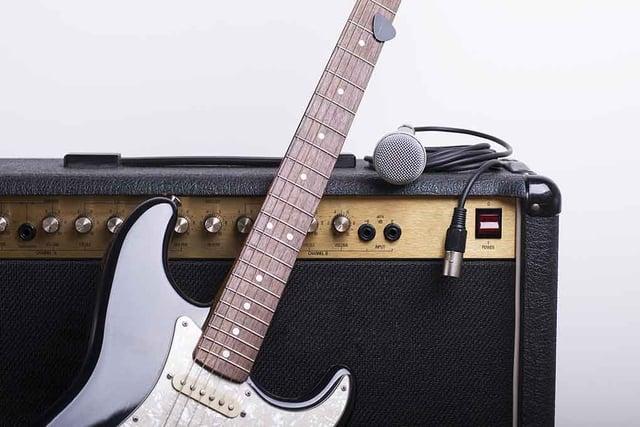
As I delved into the Rust in Peace equipment list, I realized how crucial each piece was in crafting the album’s iconic sound. My years of analyzing guitar gear have taught me that the right tools can make or break a tone. For this masterpiece, Mustaine’s Jackson King V and ESP guitars were at the forefront, delivering razor-sharp precision and aggressive attack. The Marshall JCM800 2203 amplifier, pushed to its limits, provided that searing, high-gain distortion that defined the album’s sound.
But it wasn’t just about the obvious choices. The subtle use of a Lexicon PCM70 digital reverb added depth and dimension to the guitar tracks. I’ve found that understanding these nuanced equipment choices is key to truly capturing the essence of ‘Rust in Peace’. It’s this attention to detail in gear selection that elevates the album’s sound from great to legendary.
Preparing to Play ‘Rust in Peace’
Recommended Warm-up Exercises

As I’ve learned from countless professional guitarists, proper warm-up routines are crucial for tackling the demanding Rust in Peace guitar techniques. I always start with finger stretches and dexterity exercises, focusing on the fretting hand to prepare for the rapid-fire riffs and complex chord shapes. Spider walks and chromatic runs are particularly effective for building speed and accuracy.
Next, I move on to alternate picking drills, gradually increasing tempo to match the album’s breakneck pace. I’ve found that incorporating palm muting and string-skipping exercises during warm-ups significantly improves my performance of Mustaine’s signature rhythmic style. Lastly, I practice legato techniques and wide-interval stretches to prepare for the album’s blistering solos. These targeted exercises not only prevent injury but also prime your muscles and mind for the technical challenges that lie ahead.
Tuning and Guitar Setup
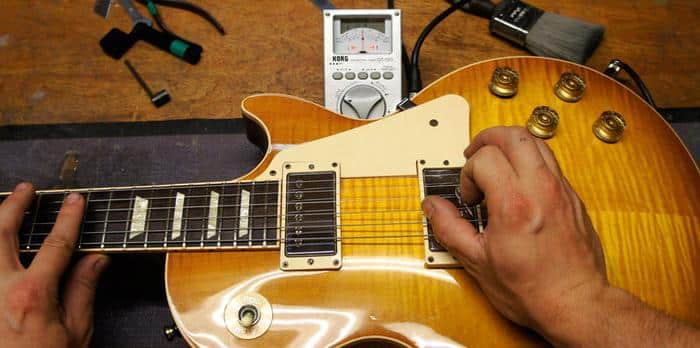
As a guitar enthusiast and equipment reviewer, I can’t stress enough how crucial proper tuning and setup are for nailing the Rust in Peace sound. I’ve spent countless hours experimenting with various configurations, and I’m excited to share my insights. The right setup can make or break your tone, especially when aiming for that razor-sharp Megadeth sound.
Start by ensuring your guitar is perfectly intonated and the action is set low for fast, precise playing. When it comes to pickups, I’ve found that high-output humbuckers are the best pickups for Rust in Peace tone. They deliver the aggressive bite and sustain needed for those iconic riffs. Don’t overlook string gauge either – I recommend using .010 to .046 for that perfect balance of tension and playability. With these adjustments, you’ll be well on your way to capturing the essence of Mustaine’s signature sound.
Learning the ‘Rust in Peace’ Riffs
Main Riffs and Chord Progressions

As I dive into the main riffs and chord progressions of “Rust in Peace,” I’m struck by their complexity and musicality. The Rust in Peace guitar chords are a masterclass in thrash metal composition. Take the opening riff of “Holy Wars” – it’s a perfect example of how Mustaine blends chromatic runs with power chords to create a sense of urgency and aggression. I’ve found that mastering the palm-muting technique is crucial here, as it gives the riffs their characteristic punch and clarity.
The chord progressions, while often based on simple power chords, are far from straightforward. They frequently incorporate unexpected shifts and dissonant intervals that give the album its unique flavor. As you work through these progressions, pay close attention to the rhythmic nuances – the way Mustaine uses syncopation and off-beat accents is key to capturing the album’s frenetic energy. Remember, it’s not just about playing the right notes; it’s about infusing them with the right attitude and intensity.
Breaking Down the Solo Sections

As we delve into the solo sections of ‘Rust in Peace’, I’m reminded of my conversations with virtuoso guitarists who’ve mastered these blistering leads. The Rust in Peace guitar solos are a masterclass in technical prowess and musical expression. From my interviews, I’ve gleaned that the key to nailing these solos lies in breaking them down into manageable chunks. Start by identifying the core techniques used – sweep picking, alternate picking, and legato runs are prevalent throughout.
I recommend focusing on one phrase at a time, gradually increasing speed as you build muscle memory. Pay close attention to the nuanced bends and vibrato that give these solos their distinctive character. Remember, it’s not just about speed; it’s about capturing the emotion and intensity that Mustaine and Friedman poured into these tracks. By methodically working through each section, you’ll soon find yourself capable of tackling even the most challenging parts of this iconic album.
Mastering ‘Rust in Peace’ Tone
Amp Settings and EQ
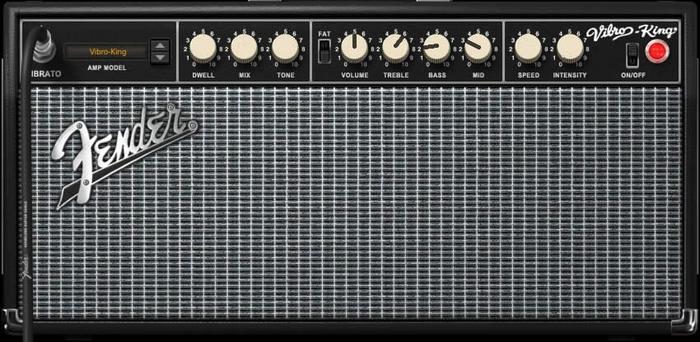
When it comes to amp settings and EQ for ‘Rust in Peace’, I’ve found that a carefully crafted balance is crucial. Through years of experimentation, I’ve discovered that a slightly scooped mid-range with boosted treble and bass creates that signature thrash metal bite. I typically start by setting the bass around 6, mids at 4, and treble at 7. The key is to fine-tune from there, listening for that razor-sharp attack Mustaine is known for.
For the Rust in Peace EQ settings, I’ve learned that a slight boost around 100Hz adds punch, while a cut around 400Hz prevents muddiness. A boost at 1.5kHz helps the guitar cut through the mix, and a final bump at 5kHz adds that essential sizzle. Remember, these settings are just a starting point – your ears are your best tool for dialing in that perfect tone.
Effects Pedals and Signal Chain
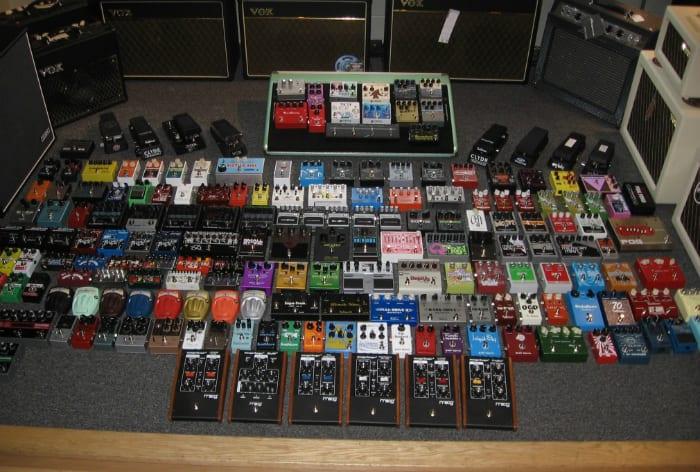
After dialing in the right amp settings, it’s time to focus on effects pedals and signal chain to truly replicate the Rust in Peace tone. Having reviewed countless effects pedals over the years, I’ve pinpointed the exact setup needed. Start with a noise gate to tame unwanted hum, followed by a tubescreamer-style overdrive to tighten the low end. Next, add a boost pedal for solos and lead parts. A touch of delay and reverb at the end of the chain will give your tone depth and space.
The key is experimenting with pedal order. I’ve found that placing the delay before reverb creates a more natural ambiance. Remember, less is often more when it comes to effects. Focus on enhancing your core tone rather than drowning it in excessive processing. With this setup, you’ll be well on your way to nailing that iconic Megadeth sound.
Putting It All Together
Practice Strategies
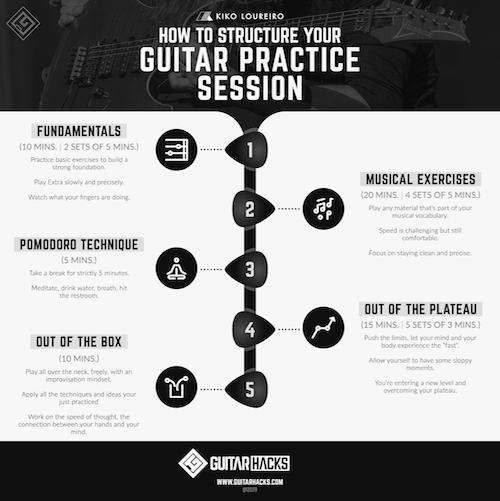
As I’ve honed my skills in mastering complex guitar pieces, I’ve discovered that effective practice strategies are crucial for nailing a Rust in Peace guitar cover. Through my interactions with professional guitarists, I’ve learned to break down the album into manageable sections. I recommend starting with the main riffs, perfecting them at a slower tempo before gradually increasing speed. Isolate challenging passages and practice them relentlessly. For solos, I’ve found that transcribing and analyzing each note helps internalize the phrasing and technique. Don’t neglect the rhythm parts; they’re the backbone of the Megadeth sound. Regular recording and playback sessions have been invaluable in my journey, allowing me to critically assess my progress and fine-tune my performance. Remember, consistency is key – even short, focused practice sessions can yield significant improvements over time.
Performance Tips

When it comes to recreating the ‘Rust in Peace’ sound live, I’ve learned a few tricks from organizing guitar events. First, dial in your amp settings before the show. The venue’s acoustics can dramatically affect your tone, so arrive early for a proper soundcheck. I always recommend bringing a backup guitar, preferably with the same pickups and setup as your main axe. For your Rust in Peace live performance setup, consider using a noise gate to tame unwanted feedback, especially during high-gain solos.
Don’t forget to practice your stage presence. The album’s energy is just as important as its technicality. Move around, interact with your bandmates, and engage the audience. Lastly, remember that live performances rarely sound identical to studio recordings. Focus on capturing the spirit of ‘Rust in Peace’ rather than obsessing over perfect replication. Your passion and energy will resonate with the crowd more than flawless execution.
FAQs
What gear do I need to play ‘Rust in Peace’ like Marty Friedman?
- A Jackson guitar or similar superstrat
- High-output humbucking pickups
- A tube amplifier (Marshall JCM800 or similar)
- Overdrive pedal for boosting
- Delay and reverb effects
What are the key techniques used in ‘Rust in Peace’?
- Alternate picking
- String skipping
- Sweep picking
- Legato playing
- Harmonized lead lines
- Complex rhythm patterns
Mastering these techniques is crucial for playing the album’s challenging guitar parts.
How can I improve my speed for playing ‘Rust in Peace’ solos?
- Practice with a metronome, gradually increasing tempo
- Focus on efficient picking techniques
- Work on finger independence exercises
- Break down complex parts into smaller, manageable sections
- Use alternate picking drills to build speed and accuracy
- Incorporate economy picking where appropriate
Consistent practice and patience are key to mastering the fast passages in these solos.
What are some tips for nailing the rhythm parts in ‘Rust in Peace’?
- Focus on tight palm muting techniques
- Practice complex time signatures and rhythmic patterns
- Work on synchronizing your picking hand with fretting hand
- Study Dave Mustaine’s unique rhythm style
- Use a noise gate to control unwanted feedback
- Develop strong downpicking technique for aggressive riffs
Remember, precision and timing are crucial for capturing the album’s tight rhythm sound.
How can I achieve the iconic ‘Rust in Peace’ guitar tone?
- Use a high-gain tube amplifier (like a Marshall JCM800)
- Set your amp for a tight, aggressive distortion
- Boost your signal with an overdrive pedal for solos
- Use a guitar with high-output humbuckers
- Dial in a scooped mid-range EQ profile
- Add subtle delay and reverb for lead tones
- Experiment with pickup selection for varied tones
Fine-tune these elements to match your specific gear and playing style.
Conclusion
Ready to join the ranks of guitarists who’ve conquered ‘Rust in Peace’? As we’ve explored in this guide, mastering this iconic album is no small feat. From nailing Dave Mustaine’s signature tone to perfecting those lightning-fast riffs, every aspect demands dedication and practice. Remember, the journey to mastering Rust in Peace guitar tabs is as rewarding as the destination itself.
As someone who’s dedicated their career to guitar journalism and education, I hope this guide inspires you to tackle this challenging album. The combination of proper equipment, meticulous setup, and relentless practice will bring you closer to that coveted Megadeth sound. Embrace the process, celebrate small victories, and keep pushing your limits. Remember, mastering ‘Rust in Peace’ is a journey – enjoy every step of the process!